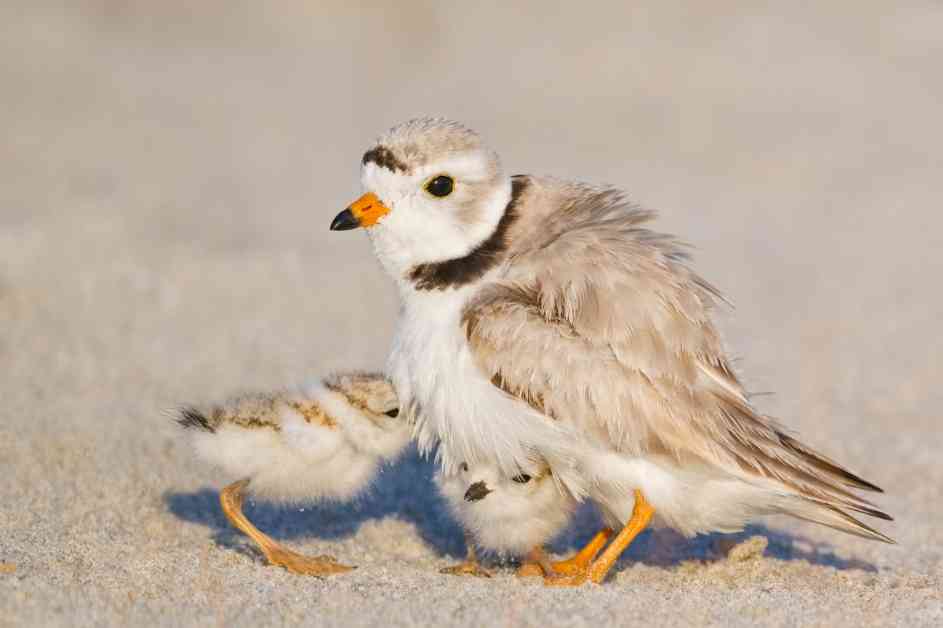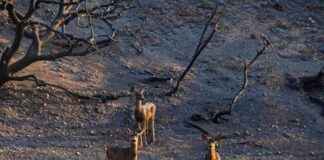Piping Plovers Thrive in Massachusetts: A Conservation Success Story
For the second consecutive year, Massachusetts beaches have witnessed a remarkable achievement in wildlife conservation. The state has documented a record-breaking number of nesting Piping Plovers, marking a significant milestone in environmental efforts to protect these delicate shorebirds. Preliminary data from MassWildlife’s Natural Heritage & Endangered Species Program and Mass Audubon reveal that there were 1,196 nesting pairs of Piping Plovers in 2024, representing a 1.5 percent increase from the previous year and a remarkable 500 percent surge since the inception of the conservation program.
The Coastal Waterbird Program: A Beacon of Hope
Initiated in 1986 by Mass Audubon, the Coastal Waterbird Program (CWP) has been instrumental in safeguarding beach-nesting birds along the Massachusetts coastline. Through collaborative efforts with state, federal, and local agencies, the CWP has played a pivotal role in the recovery of Piping Plovers, a species that was once on the brink of extinction in the state. Lyra Brennan, the director of Mass Audubon’s Coastal Waterbird Program, expressed optimism about the encouraging resurgence of Piping Plovers, attributing it to strategic conservation strategies and collaborative partnerships.
Conservation Gains and Milestones
Despite being listed as threatened on state and federal endangered species lists, Piping Plovers have shown promising signs of recovery in Massachusetts. In 2024, the CWP protected 379 pairs of Piping Plovers, which accounted for 17 percent of the Atlantic Coast population and nearly a third of the state population. The reproductive success rate of Plover pairs in protected sites remained stable at 1.24 fledglings per pair, indicating a sustainable breeding pattern.
In a notable development, Piping Plovers successfully nested at new sites such as Eastham’s Dyer Prince Beach and Sagamore’s Scusset Beach, signifying the expanding habitat range of these shorebirds. Furthermore, other vulnerable seabirds like Least Terns and American Oystercatchers have also experienced population increases and successful nesting seasons, underscoring the positive impact of conservation efforts on diverse avian species.
Looking Towards a Sustainable Future
Long-term investments in coastal conservation, wildlife management, and community engagement have yielded tangible results in preserving fragile ecosystems and safeguarding vulnerable bird species. By upholding a blend of science-based approaches, policy advocacy, and public education, conservationists and environmental organizations have set a precedent for sustainable wildlife management practices.
In conclusion, the resurgence of Piping Plovers and other shorebirds in Massachusetts reflects a triumph of collaborative conservation efforts and underscores the importance of preserving biodiversity for future generations. The success story of these remarkable birds serves as a beacon of hope for environmental stewardship and underscores the vital role of community engagement in safeguarding our natural heritage.














